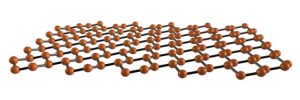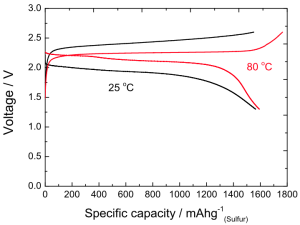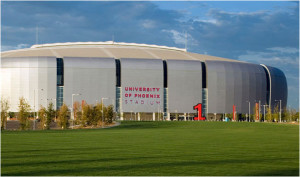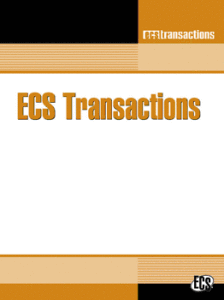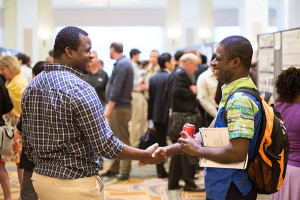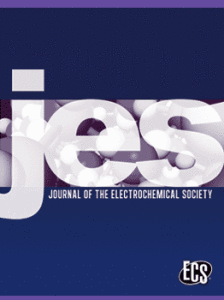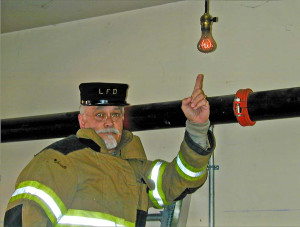
Lynn Owens, former chairman of the Centennial Light Bulb
Since 1901, just a year before The Electrochemical Society was founded, a light bulb was installed to bring light into a firehouse in Livermore, California. Back then, if a call came in for the firemen at night, they would have to dress, assemble their gear, and organize the hand water-trucks (no motorized firetrucks yet) in the dark. By adding what we now consider the simple light bulb, a fire station was much more readily able to handle emergencies. And that light bulb, now more than 113 years old, is still burning today.
This incandescent light bulb, invented by Adolphe A. Chaillet, was produced by the Shelby Electric Company. Originally giving off a glowing 60 watts, it now burns steadily at 4 watts. It has been moved several times, most recently in 1976, as the Livermore-Pleasanton Fire Department has changed locations.
“According to a website dedicated to the bulb, Debora Katz, a physicist at the US Naval Academy in Annapolis, Md., has conducted extensive research into the Livermore light bulb’s physical properties, using a vintage light bulb from Shelby Electric Co. that is a near replica of the Livermore light.
“The Livermore light bulb differs from a contemporary incandescent bulb in two ways,” says Katz. “First its filament is about eight times thicker than a contemporary bulb. Second, the filament is a semiconductor, most likely made of carbon.”
Watch the live webcam here to see the longest-burning light bulb in the world.
Listen to the 99% Invisible podcast for an in-depth look at the bulb.
Learn more about light bulbs in the ECS Digital Library.


